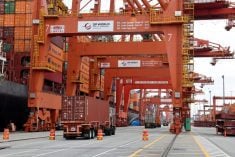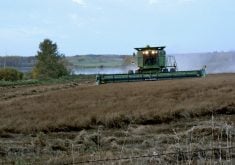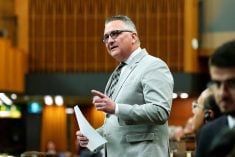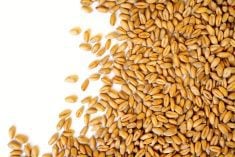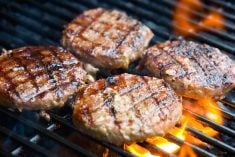SAO PAULO (Reuters) — Soybean planting in Brazil’s top growing state of Mato Grosso is 18 percentage points behind last year’s pace, the state’s farm institute IMEA said on Friday, likely limiting the country’s soy offer in January.
As of Oct. 16, 9.3 percent of the state’s expected crop had been sowed, barely changed from 8.4 percent a week earlier amid a two-week dry spell, IMEA said in a weekly bulletin.
That means Brazil, the world’s top soy exporter, may have few soybeans to offer in January, as harvesting will likely start later, analysts said.
Read Also
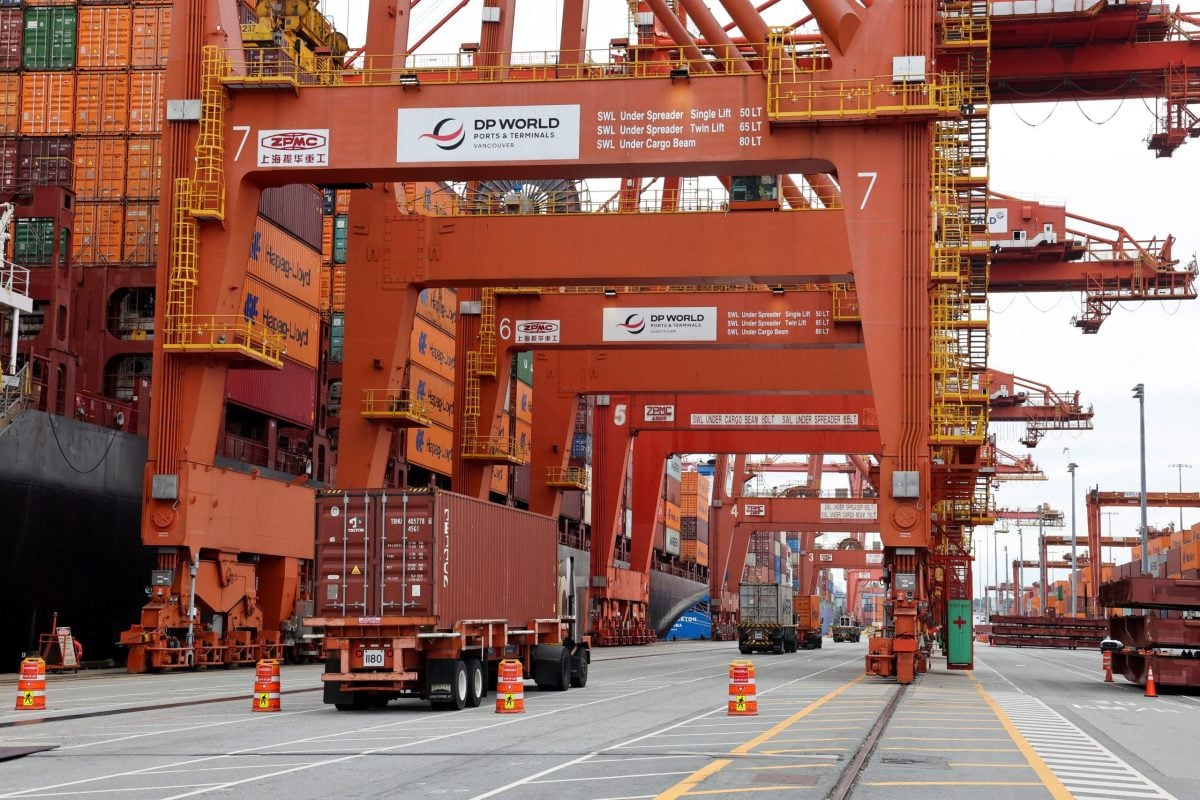
Carney visits Asia to forge new alliances and reduce U.S. dependence
Canada’s Prime Minister Mark Carney embarks on his first official visit to Asia on Friday in an attempt to deepen trade and security ties at a time when the North American country is struggling to lessen its overwhelming dependence on the U.S. and redefine its foreign policy in pursuit of new markets.
“We are going to have practically no soy in January,” said Daniele Siqueira, an analyst at the local AgRural consultancy.
Aedson Pereira, an analyst at Informa Economics FNP, said almost no soy for delivery in January has been sold because of doubts that delivery can be met.
In recent years, Brazilian farmers have aimed to harvest soy as early as possible, with traders hoping to start exporting it early in the year before the country’s ports become too clogged with sugar, corn and other crops.
The delayed rains in Mato Grosso, which produces 30 percent of Brazil’s soy output, caused the state’s farmer’s association Aprosoja to warn of potential losses in productivity.
Brazil is expected to harvest a record crop of more than 90 million tonnes this season.


